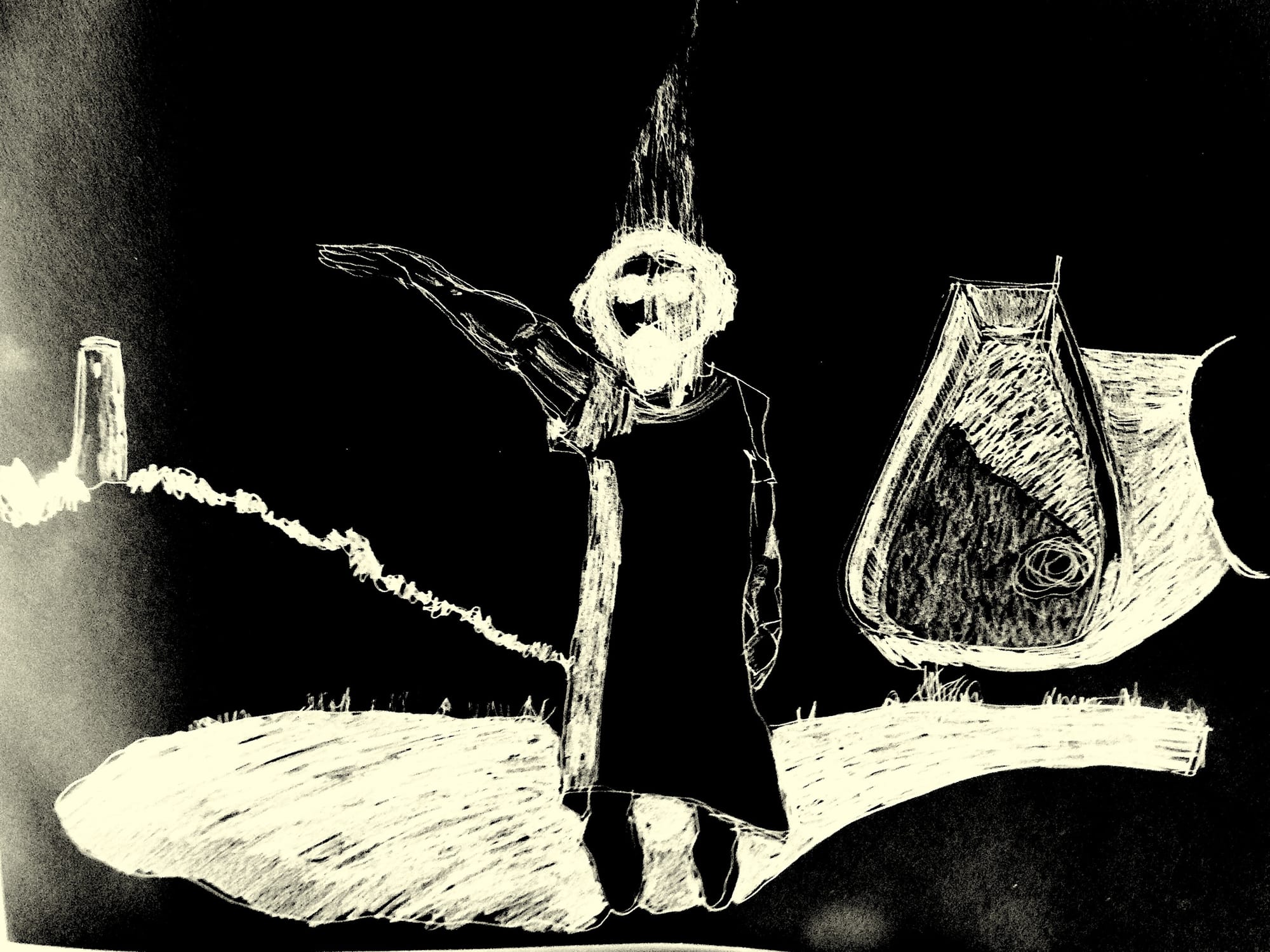Coronavirus pics 54: George Floyd Mereology 15

The legendary Stewart Home has put together a list of statues he doesn't like here. I go with the idea of giving additional information for each although I don't think people read statues (or anything really) in a straightforward way. There's no telling what people are doing when they see these things.
I think this from Les Green makes the point:
'None of us achieved distinction. My father’s people were labourers drifting around Donegal, Derry, and Greenock, wherever work could be found. My mother’s were scarcely more elevated. They farmed the West of Scotland, produced one Free Church minister, several masons (and a lot of Masons), and a couple of petty officials. They occupied a lowly niche in the absurd hierarchy of Scotland’s clan system. Among my seize quartiers, only my mother’s great-grandfather, Hugh Laird, was memorable.
When he was seventeen, Laird joined the 72nd Highlanders and served 12 years in India, based at Mhow as one of the ‘kilties on camels’ who helped brutally suppress the so-called ‘Indian Mutiny’ of 1857-58. There is no statue to Laird, though the 72nd are magnificently honoured on the Castle Esplanade in Edinburgh. But Laird received the medal and clasp above, and his name appears on a small memorial statue in our village. As a child I knew a little about him (but a lot more about the uniforms of the highland regiments).
Yet it was two artefacts—a medal, and a village statue—that created an elective affinity between me, Hugh Laird, the 72nd, and India. You will not be surprised to learn they did not make a schoolboy reflect on Empire, race, or injustice. (You may be surprised to learn that the dispossession, famine, and continuing poverty among my father’s people had already done that.) The only ‘lesson’ I took from Laird is that it was possible to escape. Uniquely in his generation—and very nearly uniquely until mine—Hugh Laird went somewhere else. The rest of us remained within ten miles of where we always had been. My mother’s family were practically indigenous.
But there was a much later ripple. As a university teacher, I became curious about 1857, the Raj, and even about medieval Indian philosophy: I spent five or six years trying to think through its bearing on the morality of speech. I planned a book, though other things kept getting in the way of writing it. When people asked how I ever got interested in any of that, I realized—though rarely said—that it had to do with one old medal and one little statue. Any number of other things could, and perhaps should, have been more powerful spurs to my interest: one friend was a Professor of Commonwealth History, another a Professor of Sanskrit; I made my own living as a Professor of the Philosophy of Law. But for me it took a personal, material connection to care about an old injustice and how we might now help remedy it.
There is nothing generalizable here. That is my point. When Simon Schama says it is silly to suppose that removing statues might ‘erase’ history and that, ‘It is more usually statues, lording it over civic space, which shut off debate in their invitation to reverence’, all I can say is that may be true in some cases. But neither a grand statue in Edinburgh, nor a tiny one in a Scottish village, were able to silence me. Just the contrary. More than anything else I encountered in life, they established a link between me and a country I never visited, an injustice my people never felt, and a civilisation I could admire only from a philosophical distance. I certainly had views about England and Empire, but the racism and oppression I worried about had previously involved only its other provinces.
That tiny connection made me care about what had happened at Mhow and Lucknow, but they never made me proud of it. I never revered the Raj, the 72nd, or even Hugh Laird. Public artefacts bear social meanings; but how those meanings affect us can be hard to predict. I can think of no more reason why we should be ‘originalists’ about the meaning of statues than about the meaning of statutes. It rarely matters what a statue meant; what matters is what it now means–and that is often a complex matter.'
